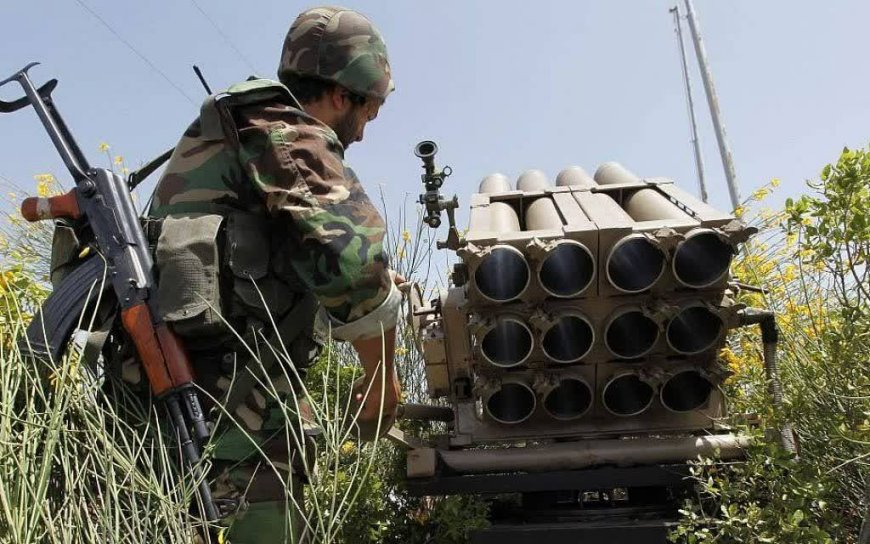Hezbollah's Wrath Unleashed: A Paradigm Shift in War with Israel
The very beginning of Operation Al-Aqsa Storm on October 7 marked a pivotal moment for the prospect of war in Gaza as Lebanon's Hezbollah swiftly came to the aid of the Palestinian resistance, setting ablaze the Israeli northern borders. The tenacity demonstrated in this fierce confrontation has undeniably posed formidable challenges to the Israeli regime, as Hezbollah's unleashing of daily barrages of rockets destroyed scores of the Israeli spying bases along the Lebanese borders, inflicting significant casualties among Israeli troops.

Amidst this tumultuous backdrop, the question that looms large is: what are the intricate strategies employed by Hezbollah in its relentless campaign against the Israeli regime?
As a matter of fact, Hezbollah has masterfully crafted a strategic equation along the northern borders of the occupied Palestinian territories [Israel], linking the intensity and scope of its military maneuvers with the extent of war crimes committed by Israel against the besieged civilians in Gaza. The evolution of Hezbollah's tactics is evident in the growing severity of its weaponry, from initial Cornet missiles and mortar strikes to the deployment of indomitable missiles that evade radar interception. Recent strikes targeting key military installations, including Israel’s northern command headquarters, the Miron airbase, and the Safad military base, have underscored Hezbollah's military capabilities, leaving the Israeli Iron Dome system floundering and porous as usual.
Hezbollah's unabated assaults on northern Israel have not only inflicted physical damage but have also wrought economic turmoil, prompting a mass exodus of nearly 200,000 settlers from their homes to seek refuge in the heart of the occupied territories. The reverberations of Hezbollah's missile onslaughts have resonated across Israeli media, highlighting the devastating impact on the local economy.
Prior to intensifying its offensive against Israeli strongholds, Hezbollah targeted radar sites and espionage equipment along Israel’s northern borders, effectively blinding Israeli surveillance mechanisms. This calculated move not only incapacitates Israel's reconnaissance capabilities but also sets the stage for Hezbollah's future operations, particularly in the event of an escalation in the Gaza conflict.
The abject failure of the Israeli regime to counter Hezbollah's maneuvers has become so apparent that even Hebrew-language media have had to admit to the futility of Israel's attempts to thwart Hezbollah's military initiatives. Acknowledging that Hezbollah emerged as the main threat for the Israeli regime underscores the strategic impasse faced by the Israeli regime, as Hezbollah is in a position to dictate the tempo of engagements, leaving 80 thousand displaced Zionists ensnared in an unprecedented predicament.
In conclusion, Hezbollah's strategies and unwavering resolve present a formidable challenge to the Israeli regime, underscoring the complex geopolitical dynamics at play in the Middle East region. As the conflict escalates, the resilience and tactical prowess of Hezbollah continue to reshape the contours of the Israeli-Lebanese standoff, heralding an uncertain future fraught with extensive speculation.













































